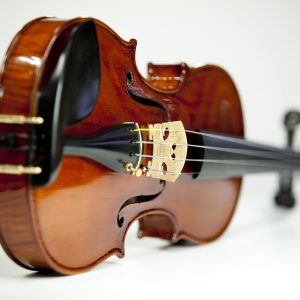SMARTS Animation – The Breakdown, Grades 4-8
Description
SMARTS Animation – The Breakdown, Grades 4-8 (Robert Kerr)
If you want to produce amazing cartoons and animations, there are 12 principles/concepts that animators consider the law. We will teach you all 12 and complete exercises to help you work through them all. This will allow you to practice and create your own animations. Whether you use a computer or prefer hand drawn animations, these are the principles/concepts that will make you a great animator.
- Squash and Stretch
An object’s volume does not change when squashed or stretched
- Anticipation
Attention/Details must be applied to prepare for the actions to occur (i.e. bent knees before the jump)
- Staging
Focus on what is important to avoid clutter and the unnecessary
- Straight Ahead Action and Pose to Pose
Straight ahead action poses create a fluid illusion of movement for realistic action sequences
Pose to Pose is about building strong emotional or dramatic scenes
- Follow through and Overlapping Action
Characters need to appear to follow the laws of physics and principles of inertia
Parts of a character are sensitive to different timing needs and move differently
- Slow in and Slow out
Character movements need to be realistic and everything needs time to accelerate and to slow down
- Arc
Animations must consider speed, momentum, fluidity, and flow
- Secondary Actions
Attention/Details and Actions should enhance the main action
- Timing
Addressing the movements of the character’s actions, reactions, and moods and their relation to each other
- Exaggeration
All about the style/appearance of the scenes and/or personality of the characters (i.e. realistic, dreamlike, dark)
- Solid Drawing
Animations must be understood and illustrated three dimensionally
- Appeal
Characters must be interesting, real, and connect to the audience.
Tuesdays @ 6:00-6:50pm
Sept 17, 24
Oct 1, 8, 15, 22, 29
Nov 5, 12
SMARTS Family Dinner Nov 20





